Discover 11 hidden attractions, cool sights, and unusual things to do in Tournai (Belgium). Don't miss out on these must-see attractions: Tournai Cathedral, Belfry, and Musée des Beaux-Arts. Also, be sure to include Musée de la Tapisserie in your itinerary.
Below, you can find the list of the most amazing places you should visit in Tournai (Wallonie).
Table of Contents
Tournai Cathedral
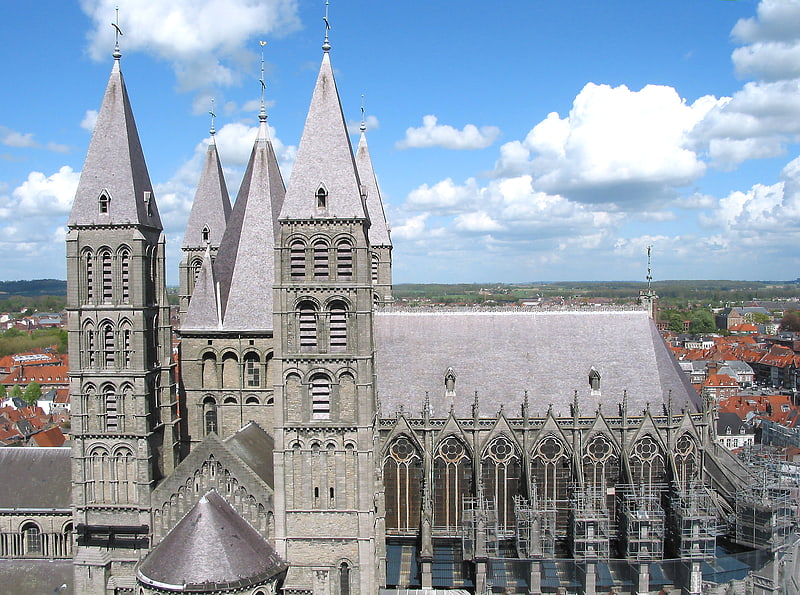
Also known as: Cathédrale Notre-Dame de Tournai
Medieval place of worship with 5 towers. The Tournai Cathedral, or Cathedral of Our Lady, is a Roman Catholic church, see of the Diocese of Tournai in Tournai, Belgium. It has been classified both as a Wallonia's major heritage since 1936 and as a World Heritage Site since 2000.[1]
Address: Place de l'Evêché 1, 7500 Tournai
Belfry
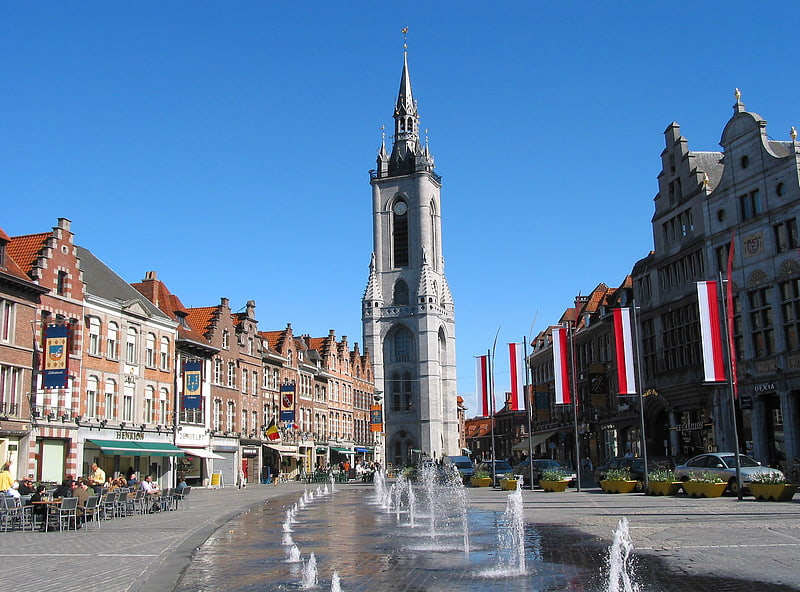
Also known as: Beffroi de Tournai
Tower in Tournai, Belgium. The belfry of Tournai, Belgium, is a freestanding bell tower of medieval origin, 72 metres in height with a 256-step stairway. This landmark building is one of a set of belfries of Belgium and France registered on the UNESCO World Heritage List in recognition of their civic architecture and importance in the rise of municipal power in Europe.
Construction of the belfry began around 1188 when King Philip Augustus of France granted Tournai its town charter, conferring among other privileges the right to mount a communal bell to ring out signals to the townsfolk.
The tower in its original form was evocative of the feudal keep, with a square cross section and crenelated parapet. It served in part as a watchtower for spotting fires and enemies. The growing city saw fit to expand the belfry in 1294, raising it by an additional stage, and buttressing its corners with four polygonal towerlets. A soldier statue was placed atop each towerlet, and a dragon icon surmounted the entire structure. The dragon, symbol of power and vigilance, also adorns other old tower tops in Belgium, including those of the Cloth Hall of Ypres and the belfry of Ghent.
A fire damaged the building in 1391. In the following years, the city obtained new bells to replace the ruined ones, and affixed gilded decorations to the newly restored top part of the tower: mermen, banners, and a new dragon. The largest bell of this period, called Bancloque, and the fire bell or Timbre, have been preserved to this day. A carillon was added in 1535.
In addition to its other roles, the belfry also served as a jail; some of its chambers housed prisoners until 1827.
The building underwent a major restoration in the mid-19th century. Another renovation campaign began in 1992, and lasted roughly a decade.[2]
Musée des Beaux-Arts

Museum in Tournai, Belgium. The Musée des Beaux-Arts in Tournai, Belgium, is an art museum.
At the beginning of the 20th century, Henri Van Cutsem, a Belgian art collector, offered his collection to the city of Tournai in 1905. The collection contained important works of important 19th century French painters like Manet, Monet, Seurat and others.
The Belgian Art Nouveau architect Victor Horta started drafting a new building that would contain the Van Cutsem donation and other holdings already owned by the city of Tournai but the First World War intervened and construction was delayed. Horta abandoned his first designs made in a typical Art Nouveau style, shifting to the popular art deco style. The building, which opened in 1928, is a graceful curved version of usually strict linearity of art deco, in this, it is similar to Horta's Brussels Central Station.[3]
Address: Enclos St. Martin, Tournai
Musée de la Tapisserie
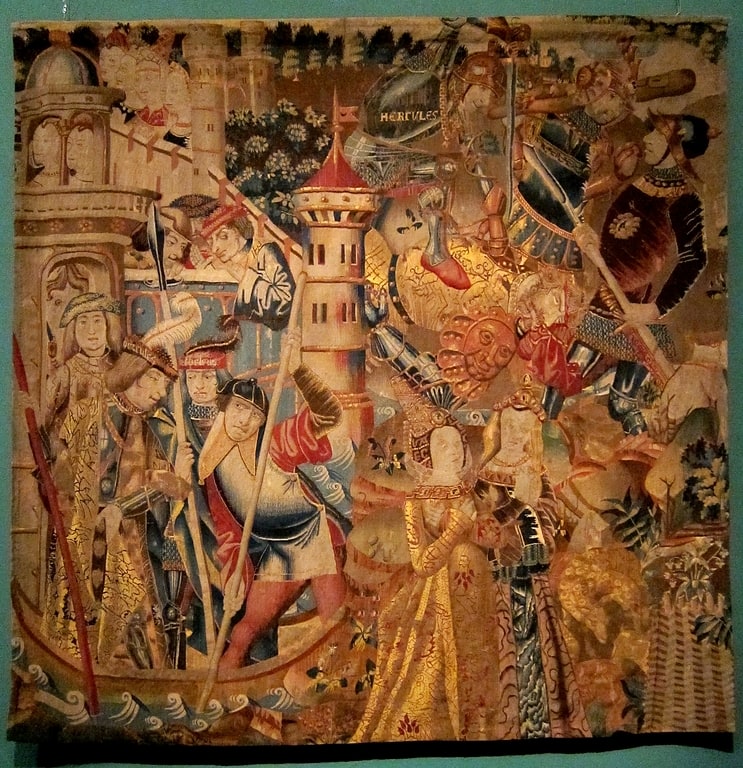
Museum, Specialty museum, Art museum
Address: Place Reine Astrid 9, 7500 Tournai
Pont des Trous

The Tournai Bridge of Holes is a 13th-century Gothic-style water gateway, framed by two towers and spanning the Scheldt River in Tournai, Belgium. The central arch was dynamited at the beginning of the Second World War. In the post-war reconstruction, the two intact arches were removed and the whole structure was rebuilt to new proportions - partly with the materials of the historic arches - to widen the central arch, and the whole bridge was raised by 2.40 m to facilitate river navigation, while preserving what defined the structure as a medieval water gate.
In 2019, the three arches are again "deconstructed" to increase the navigable gauge in order to favor river traffic and should be rebuilt again, reusing the stones of the previous arches, enlarging again the central arch (thus reducing the other two arches).
Address: Quai Donat Casterman, Tournai
St. James Church
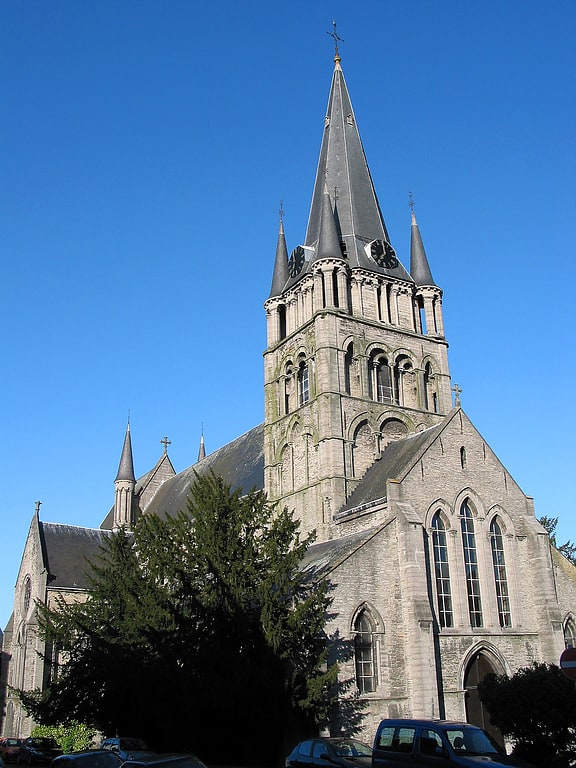
The Saint-Jacques church rises in the rue du Palais Saint-Jacques in Tournai.
Address: Rue du Louvre, 7500 Tournai
Saint-Quentin Church
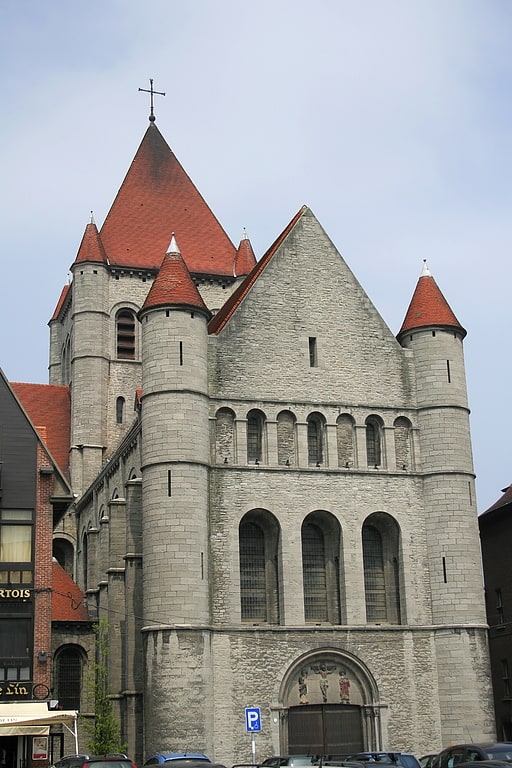
The Saint-Quentin church is a Romanesque church located at the end of the Grand-Place in the city of Tournai.
Princesse Despinoy

Monuments and statues, Memorial
Church of St. Mary Magdalene

Church, Architecture
Address: Terrasse de la Madeleine 9, 7500 Tournai
Statue de Martine
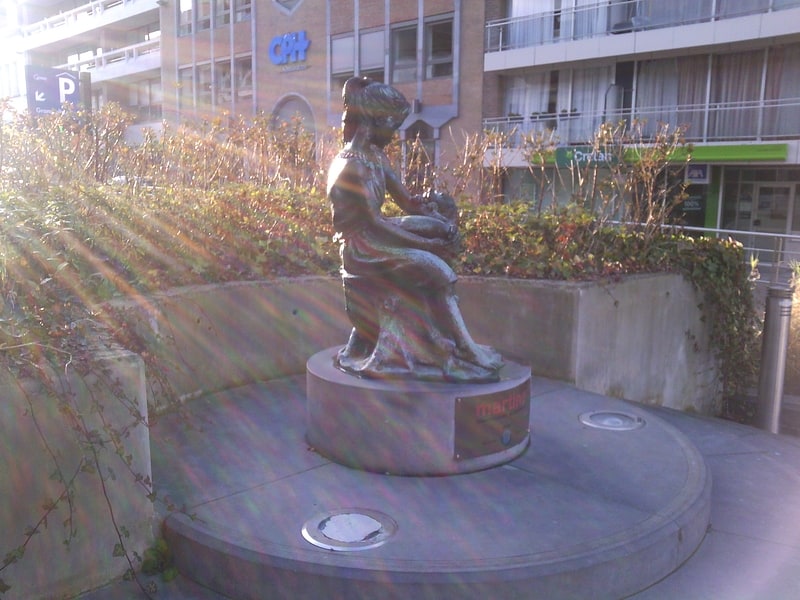
Also known as: Martine
Martine is the title character in a series of books for children originally written in French by the Belgians Marcel Marlier and Gilbert Delahaye and published by Casterman. The first one, Martine à la ferme, was published in 1954, followed by 59 other books, which have been translated into many different languages. The book series has sold about 100 million copies and is one of the best-selling book series. When the author Gilbert Delahaye died in 1997, Jean-Louis Marlier, the son of Marcel Marlier, continued to write the stories. The series ended in 2011 when the illustrator Marcel Marlier died at the age of 80. The last book is the 60th, Martine et le prince mystérieux, published in 2010.
Two video games were released in Europe based on the character; however, the character was renamed "Emma" for English-speaking audiences in Europe and "Debbie" for the U.S. market. The games are based on the first and eighth books respectively. The games were recently announced for the U.S.[4]
Monument des Vendéens
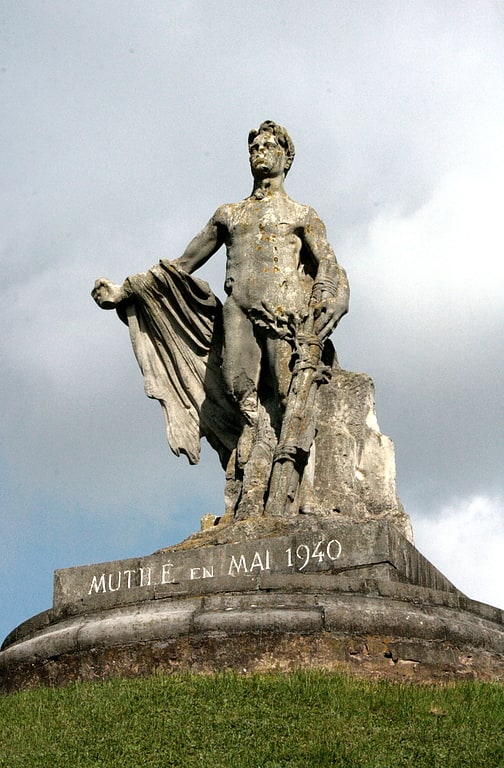
Memorial